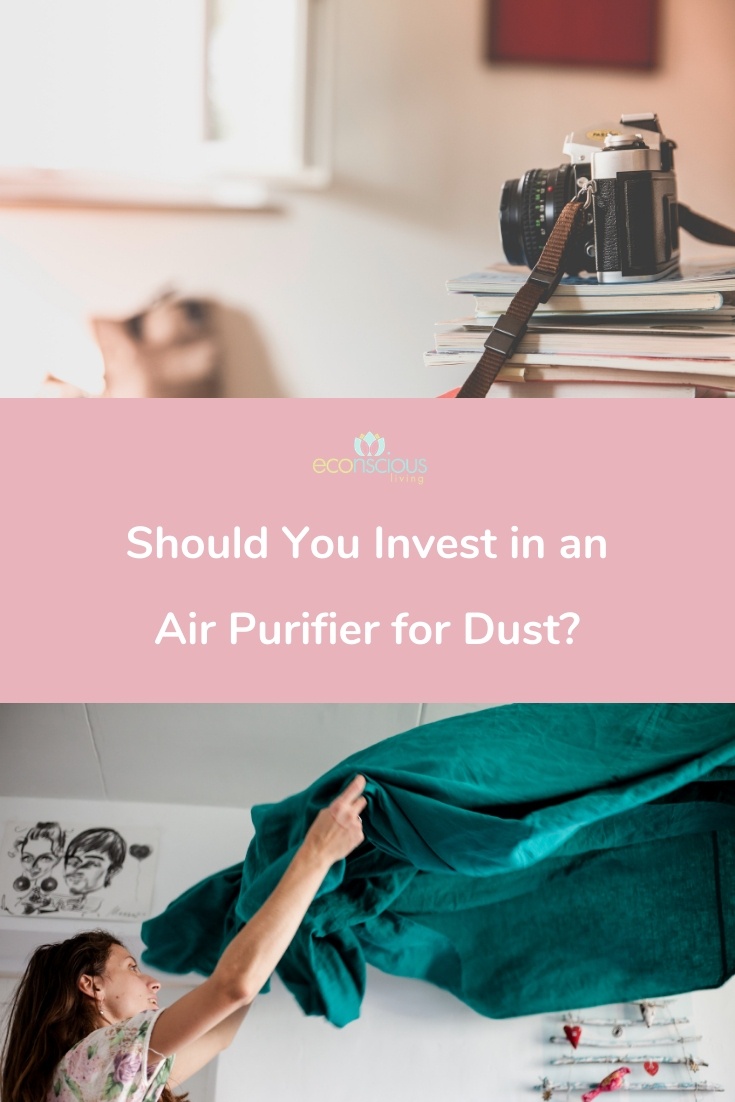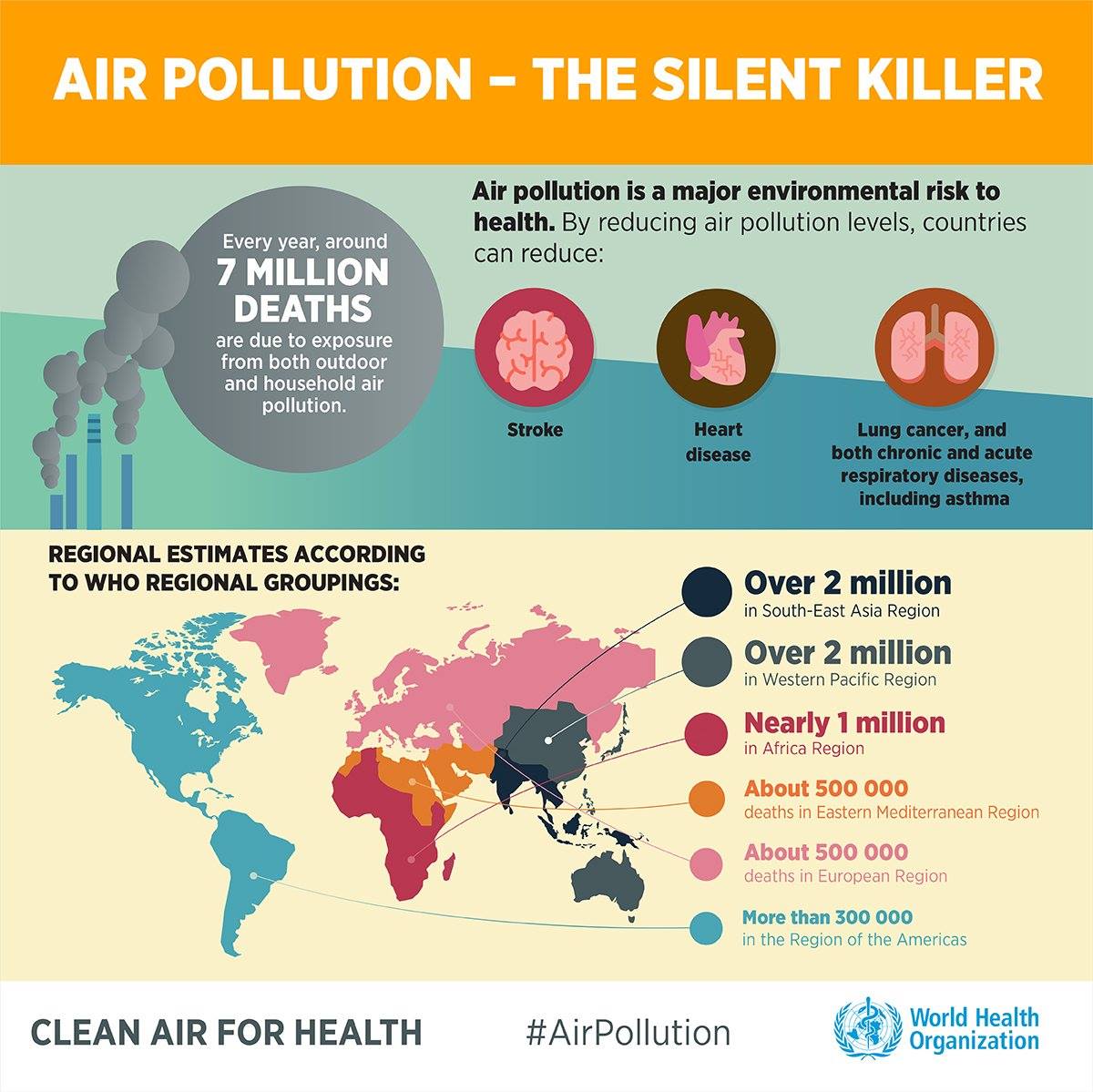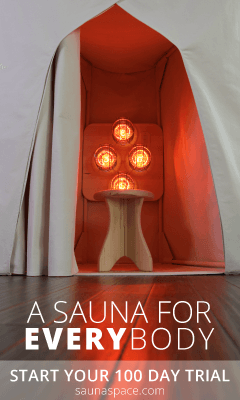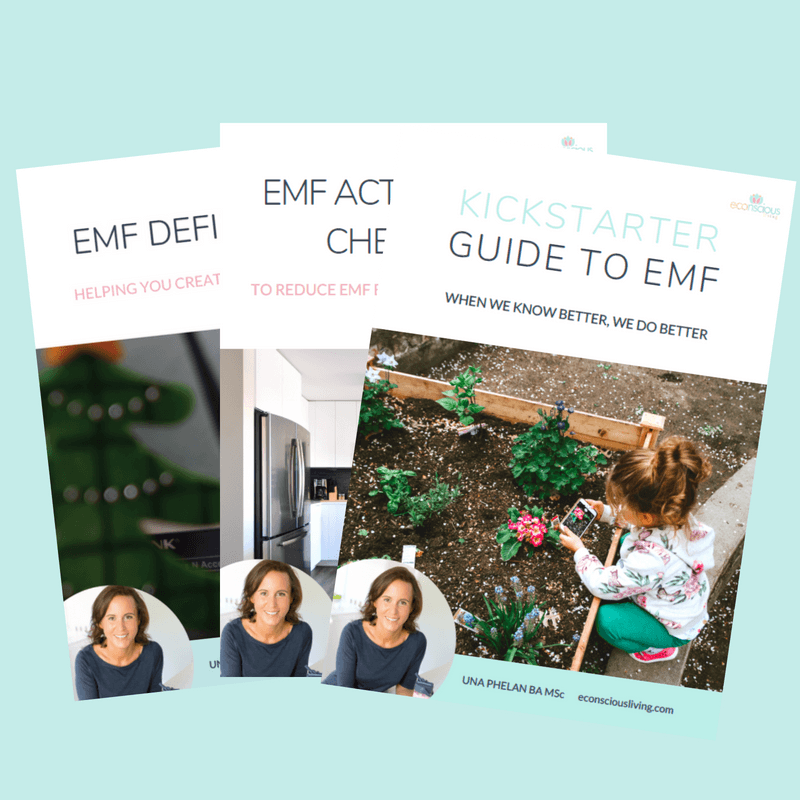Should You Invest in an Air Purifier For Dust in Your Home?
Dust in our homes can be a nuisance at the very least . Anyone who suffers from allergies, asthma, sinusitis or respiratory conditions will know that dust can trigger inflammation in the body and any number of symptoms. This can include: coughing, sneezing, wheezing, fatigue, snoring, itching, skin inflammation, postnasal drip, headaches etc. Young children, babies, and the elderly are particularly at risk of health problems from high levels of dust.
Even for those of us who don’t fit these descriptions, dust is an air pollutant that can irritate our bodies without us even realising the cause.
Many people don’t realise (and what your GP probably won’t tell you) is that the amount of dust in your home is directly related to the risk of airway inflammation resulting in asthma, allergies and infection.
Do you ever get itchy, red eyes, seemingly for no reason? Or have a sudden sneezing fit while sitting on the couch? High levels of dust in your living environment could be responsible. And those are just the health effects you notice.
The World Health Organisation has named air pollution ‘the silent killer’, with around 7 million deaths each year due to exposure from outdoor and household air pollution.
On a more positive note, there are actions you can take to reduce the levels of dust in your home and workspace!
Investing in an air purifier for dust is one of these but read on for my advice on this because it’s not a quick fix. It’s just as important to remove the sources of air pollution in your home.
What exactly is dust?
Dust looks completely innocuous. I mean how harmful could some fluff really be? But the fact is dust is is a vehicle for all sorts of organic and non-organic matter. An allergy to dust can, therefore, be an allergy to any of its components: pollen, soil, bacteria, fungi, pesticides, skin, pet dander, mould spores, carpet fibres, flame retardants, dust mites, insect faeces, lead dust, paint, cleaning agents and asbestos.
A large component of house dust is also our own dead skin cells which are where house dust mites come in – they feed on it! So it’s almost a useless exercise to find out what component of dust you are allergic to – best just manage the dust really well regardless of the exact cause.
By the way, house dust mites are the most common inhalant allergen in the world, so if this is an issue for you it’s crucial that you pay attention to dust hygiene especially in the bedroom. You can learn a lot more on this topic by downloading my house dust mite e-book linked below.
Do you need to invest in an air purifier for dust removal?
You know that old adage, prevention is better than cure? It’s very true when it comes to dust. And whilst we can’t control our outdoor air we can manage our indoor air quality really well.
Before you go about buying an air purifier for dust removal or air quality in general in your home, you need to reduce the toxic load coming as most of it ultimately ends up in your dust.
Here are some steps you can follow which will significantly improve the air quality in your home:
1. Removing all fragrances
Fragrances contain pesky chemicals called phthalates which are known hormone disruptors. This one action will take out a whole range of toxic chemicals including perfumes, deodorants, cleaning and laundry products. There are lots of non-toxic replacements on the market and you will find lots of the recommendations in my earlier blogs.
2. Getting rid of carpets and using natural woods and fibres for floors, furniture, upholstery, beds, couches, mattresses etc.
Carpets are often associated with what is known as sick building syndrome. They are a major source of semi-volatile organic compounds – pesticides, flame retardants, PCBs, phthalates etc. Also, remember our little people live much closer to the floor than us adults. Indeed, research shows that the infant breathing zone can be 50-500% higher in certain contaminants than that of an adult.
3. If carpet removal is not a practical solution then buy a vacuum cleaner that has a HEPA filter
You will be amazed at how much dust it will capture compared to conventional vacuum cleaners!
4. Opening windows and doors daily (unless you live beside a busy or unsealed road or obvious source of pollution such as a factory)
Homes with natural ventilation have been found in studies to have much better air quality than those that use HVAC systems. Energy-efficient tightly sealed homes tend to have poorer air quality too.
5. Replacing non-stick cookware with healthier alternatives
Pin this post for later!

6. Avoiding the use of the hormone disruptor BPA commonly found in plastic which sticks to dust and is inhaled
BPA is linked to poor immune function, asthma and allergies in children and a host of hormone-related effects in adults.
7. Doing your research on building materials if you are building or renovating a home
Phthalates are often used in PVC – commonly found in plastics and flooring. These chemicals are linked to rhinitis, eczema and asthma. Formaldehyde, a known carcinogen, is often found in pressed wood products. Toxic flame retardants are usually found in anything stuffed with foam. Anything that has a stain-resistant or waterproof coating usually contains the toxic non-stick materials PFOA (Teflon) or PFOS (Scotchguard).
6. Avoiding the use of glyphosate and other toxic chemicals in your garden
Replace these with more natural eco-friendly methods to remove pests. Unfortunately, what’s outside our home can also find its way inside.
7. Take your shoes off before entering the home
As is customary in many Asian countries take your shoes off before coming inside the home to reduce the amount of contaminants in your dust. If you don’t like going barefoot then use a pair of indoor shoes. The bottom of our shoes (and that of our pets) are responsible for tracking in pesticides, animal faeces, chemicals and bacteria. Studies have shown that your shoes have about 421,000 different types of bacteria and you bring 90-99% of that inside your home. And a huge 26.4% of shoes carry a bacteria called Clostridium difficile, also known as ‘C. diff’. This particular bacteria can be life-threatening and infections are on the rise. E Coli is another commonly found bacteria on shoes. Wiping your shoes on a mat doesn’t quite cut the mustard as it’s not an efficient way to remove dirt plus you also stand a chance of transferring more bacteria onto your shoes. Door mats for this reason are also extremely high in bacteria. So instead of getting the toxic bleach out to rid your home of bacteria take your shoes off and it’ll have a much greater impact on the levels of dust and the overall air quality in your home.
The longer you are exposed to high levels of dust particles, the more likely you will experience health problems as a result.
In fact, the Department of Health advises that:
‘breathing in high concentrations of dust over many years is thought to reduce lung function in the long term and contribute to disorders like chronic bronchitis and heart and lung disorders.’

So minimising the items or activities that contribute to dust is the first step to cleaner indoor air and will help ensure you are less exposed.
Once you have taken steps to reduce the sources of dust in your home as much as possible, then it’s time to get yourself a great air purifier.
DOWNLOAD: Econscious Guide to House Dust Mites
What to look for in an air purifier
You can buy air purifiers with just a HEPA filter or you can buy one that has both a HEPA and activated carbon filter.
The HEPA filter will remove particulates in the air and the activated carbon filter removes the VOCs and odour.
Whilst strictly speaking you may not need both depending on your area of concern, I would always recommend you go for the best air purifier you can afford thereby reducing both particulates (e.g. airborne dust and allergens) and toxic chemicals (i.e. VOCs and odours).
There are a few key questions you need to ask when shopping for a great air purifier. These are:
- Does it have a pre-filter, a certified medical-grade HEPA filter and an activated carbon filter? Many HEPA filters are not certified medical-grade so watch out for that.
- What size floor space does it cover (m2)?
- How loud is it?
- Are replacement filters easily available?
- How often do the filters need changing?
You need to ensure you are buying the right type of air purifier for your living space and circumstance.
For example, a small bedroom can make do with an air purifier that covers a fairly small floor space. Whereas a large open space or office will need one with a wider range.
The best range of air purifiers for dust, mould and air quality
In my opinion, InovaAir has a fantastic range of air purifiers for every budget. They have:
- models that suit a floor space range of up to 20m2 or up to 100m2 making them ideal for small bedrooms and offices (E7, E8 models), or large homes and offices (E20 Plus, DE20 Plus models).
- certified medical-grade HEPA filtration 99.97% @ 0.3 microns – they use a medical-grade HEPA filter meaning it’s made from a very fine paper which removes bacteria and viruses.
- plastic-free, chemical-free all steel powder coated construction and no harmful chemicals are used in the manufacturing process.
- activated carbon (2.5-10kg) filters (the more carbon, the better the air quality).
Plus they are quiet, have low energy consumption, a long filter life, and are portable hence easily moved from room to room.
They are the only Australian-made air purifiers approved by the National Asthma Council Australia’s Sensitive Choice Program®.
The InovaAir AirClean E20 Plus Air Purifier is particularly popular amongst mould sufferers.
For those on a more modest budget, the Airclean E8 Air Purifier meets all of the criteria above as it has both a HEPA filter and carbon filter, whereas the Airclean E7 Air Purifier is cheaper, it only has a HEPA filter.
So, if you’re keen to take action in your home and reduce your family’s exposure to the health hazard that is dust and poor air quality, I highly recommend the InovaAir range of air purifiers.
So much so, that I recently partnered up with InovaAir so that you can buy your choice of model directly from me at a discounted price!
You can buy online in my shop today, where you’ll find the full range available with product specs. Any questions or if you’d like to order more than one, please email me to organise.
Shop the KillaPilla Pillow

There are many studies that show how crappy pillows affect our sleep. Why do we spend thousands of dollars on mattresses and then we make do with a $10 pillow? I’ve recently upgraded to this ergonomically designed pillow made from non-toxic wool and GOTS certified organic cotton. NO chemicals are used in the manufacture of the pillow and it is Australian-made.
Use the code ECONSCIOUS10 at checkout for 10% discount!
References:
Crinnion, W. J., & Pizzorno, J. E. (2018). Clinical Environmental Medicine-E-BOOK: Identification and Natural Treatment of Diseases Caused by Common Pollutants. Elsevier Health Sciences.
Weil, A. (2017). Integrative Environmental Medicine. Oxford University Press.
Related Posts
Myth Busting: How Effective Are Air-Purifying Plants?
It’s a common belief that air-purifying plants are an effective way of removing VOCs and toxicants from the air in your home. I’m afraid not, here’s why…
The 6 Pillars of a Natural Home That’s Truly Healthy
When it comes to creating a natural home for your family, there are a lot of factors to consider and some are more obvious to us than others. Here are the 6
Living Near Power Lines: What Are The Health Impacts?
Living near power lines has been linked to serious health effects – particularly in children. Here’s the science and how to take action to avoid.







